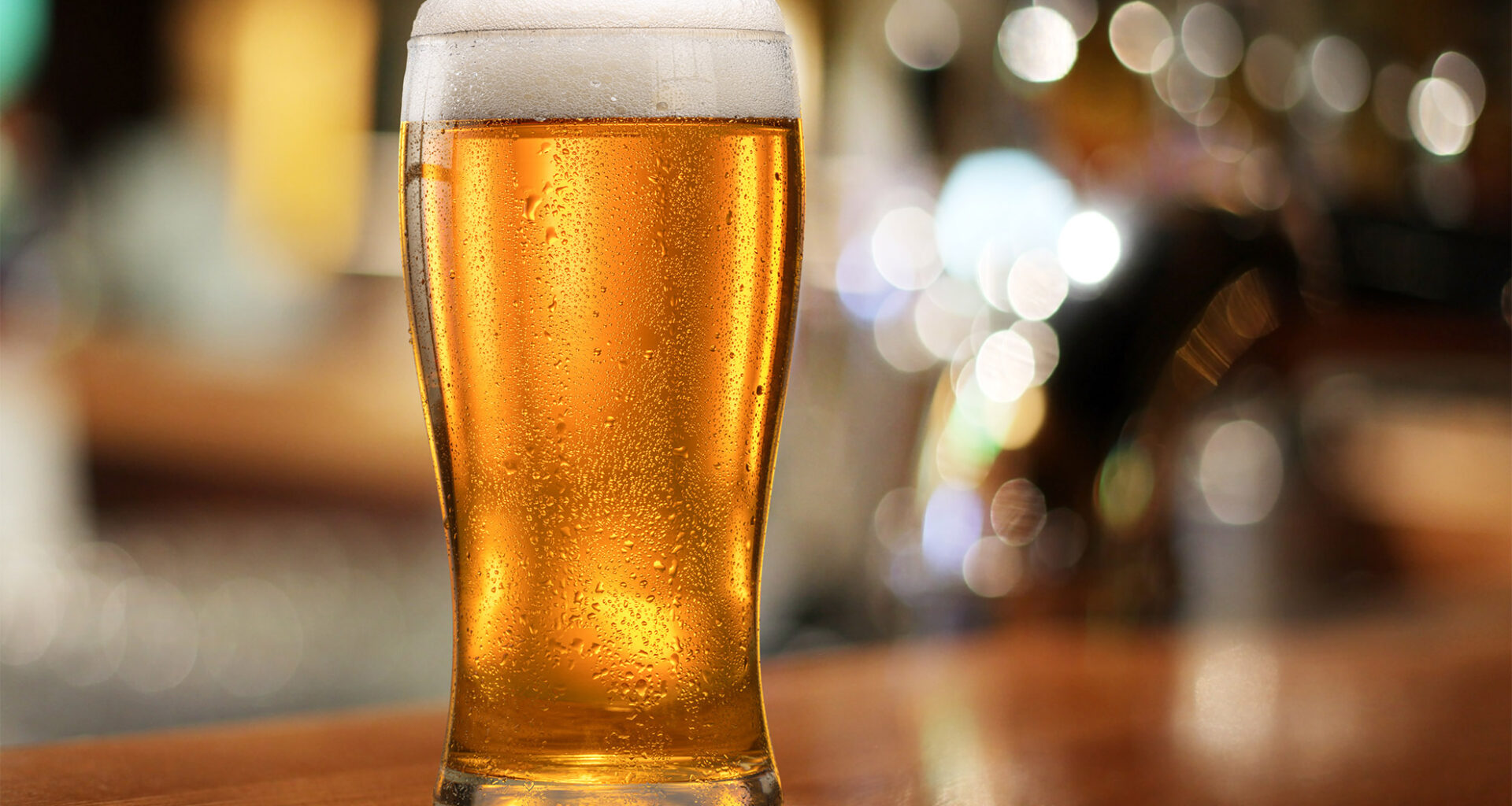A new study by investigators from Mass General Brigham and Harvard shows that a non-drug, wearable device can help people with substance use disorders manage stress, reduce cravings, and lower their risk of relapse in real time. The results are published in JAMA Psychiatry.
“One of the hallmarks of early addiction recovery is poor self-awareness of emotional states,” said corresponding author David Eddie, a Harvard-Mass General psychologist at the Recovery Research Institute at Massachusetts General Hospital. “People in recovery can experience a lot of stress, but they often don’t have great awareness of it or proactively manage it.”
For people in early recovery, stress often triggers cravings, and the struggle to resist those urges can create even more stress. Together, cravings and stress can lead to relapse. Stress and craving also tend to be associated with lower heart rate variability (HRV) — the natural variations in time between heartbeats, which reflects underlying health as well as how the body adapts to stress.
Special breathing exercises can raise heart rate variability and help regulate mood and improve cognitive control. Newer biofeedback devices can detect low heart rate variability and provide visual or auditory cues to guide breathing adjustments. Eddie’s previous studies have found that biofeedback can reduce craving and anxiety in people with substance abuse disorder.
64%
Of participants less likely to use substances when wearing device
In the study, supported by the National Institute on Drug Abuse and the National Institute on Alcohol Abuse and Alcoholism, researchers tested whether a heart rate variability biofeedback device could support substance abuse recovery by conducting a phase 2 clinical trial of 115 adults with severe substance abuse disorder in their first year of recovery. Half the participants got a biofeedback smart patch device (the Lief HRVB Smart Patch), and the other half followed the recovery plan they had in place, such as recovery meetings, psychotherapy, or medicines. Over eight weeks, participants reported their mood, cravings, and any substance use twice a day with their smartphone.
“The latest HRV biofeedback devices can detect when people are stressed or experiencing cravings, and, using AI, prompt them to do a brief burst of biofeedback,” Eddie said. “This allows people to get out in front of risk.”
Participants were asked to do at least 10 minutes of scheduled practice a day and at least five minutes of prompted practice. The participants who got a biofeedback device had less negative emotions, reported fewer cravings for alcohol or drugs, and were 64 percent less likely to use substances on any given day, suggesting that the intervention interfered with the cycle of craving and substance use.
The study focused only on people in the first year of an abstinence-based recovery attempt, and future studies are needed to determine if the intervention has sustained benefits.
“The first year of recovery is immensely challenging,” said Eddie. “Our goal is to find tools that not only bridge people during that first year, but also help them manage their stress for the rest of their life.”

